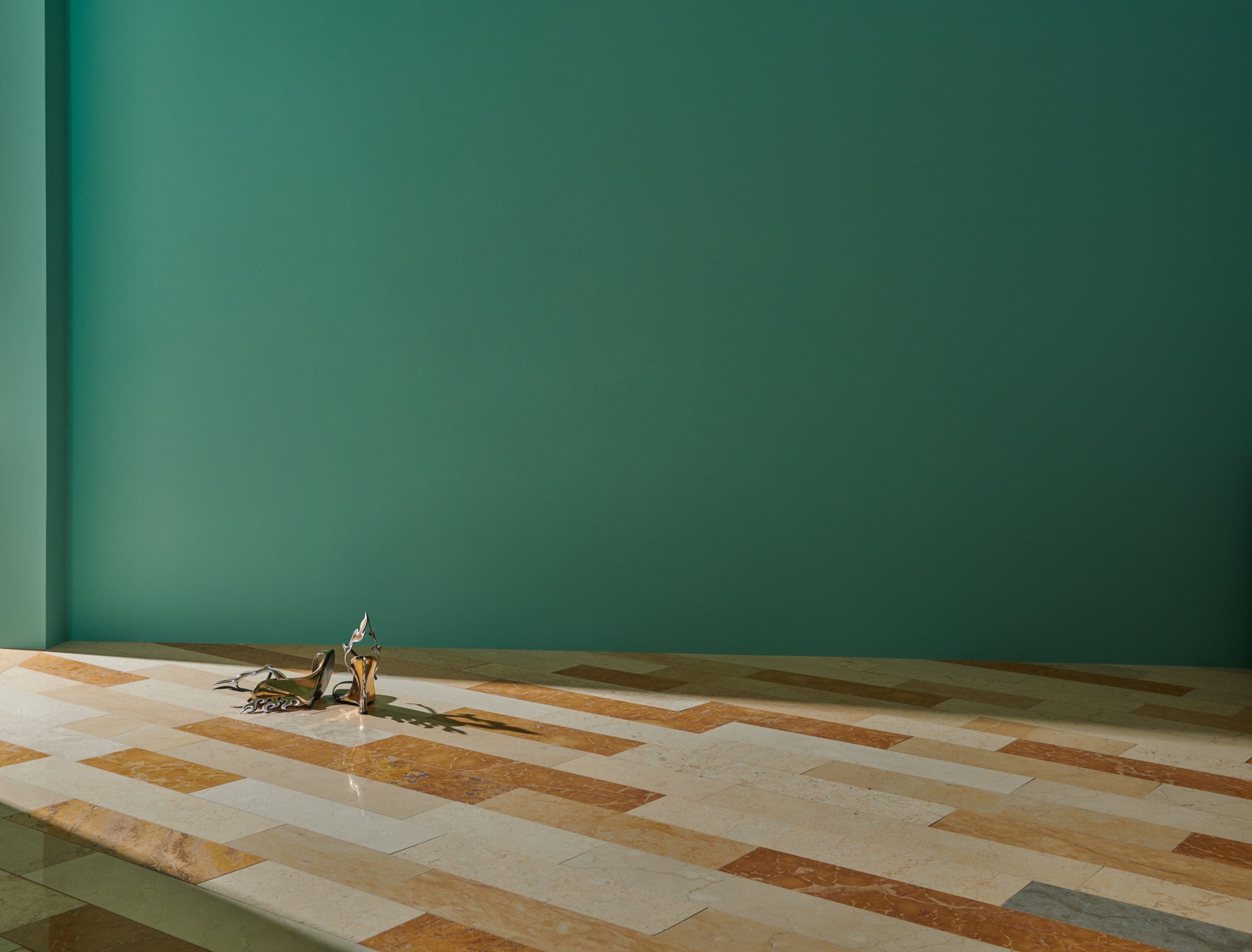stone: timeless—and trending.
by clé tile | published: Mar 04, 2022

st. peter’s square in rome. photo: patrick schneider
we’re often thought of for our zellige, our terracotta, our cement. but our stone is also a popular offering–and trending.
clé founder deborah osburn is—she quite readily confesses—a little obsessed with stone.
for her, every stone is precious: each has taken millions of years to make. it is—literally—timeless. and it’s intimately connected to natural history: pick up a piece and you’ll likely see small fossils, colors, and patterns created from the minerals that make up our planet, brought together by the tectonic forces that shape our world.

so it’s no surprise that we continue to expand our stone collection. first up are two new marbles: clé thassos and clé white dolomite. these join clé slate, clé carrara, forage terrazzo, strata linea (a stunning medley of stone tiles created from leftover stone claimed from left over from building sites), along with limestone and travertine.
given our expanding stone collection, we thought we’d share deborah’s thoughts on stone—and travertine in particular—originally provided to martha stewart magazine. it shines the spotlight not just on travertine, but why stone deserves to be a part of every design.

travertine quarry – image courtesy of architettura di pietra
martha stewart magazine (ms): what is travertine exactly, and what makes it unique?
osburn: picture hot springs from millions of years ago. in these springs, calcium carbonate mixed with other minerals and settled into layers, which over millions of years were pressed into stone. this is known as limestone—and travertine is a softer version of that stone, with pores caused by carbon dioxide escaping to the surface.
the term travertine comes from travertino, an area of italy famous for its travertine quarries that have existed since the roman era. stone from this region was used to build some of the greatest achievements in architecture—including the colosseum, the basilique du sacre coeur in paris, bernini’s colonnade at st. peter’s square, as well as countless aqueducts and bridges.
what are the benefits of travertine and travertine finishes?
as a natural stone, travertine has all the benefits for which stone is celebrated, including all the heirloom qualities that come with a product created directly from nature. it’s also known for its durability on both walls and floors and its resistance to heat and weather, etc.
with the cost of some stones such as calacatta continuing to reach astronomical heights, travertine can prove a surprisingly affordable stone, while still providing the upscale visual and textural attributes for which stone is known.

forte_forte store in milan — image courtesy of archdaily
what are the most common places to use travertine?
travertine is harder than marble but softer than granite, so it can provide a sturdy surface for many areas. bathrooms and showers are great spaces to use travertine, and on the floor travertine provides more slip-resistance than most stone surfaces.
when using it for decorative wall surfaces, travertine is a wonderful finish and the shades available in travertine have recently become very popular for indoors and out, especially around pools and decks, though outdoor use should be restricted to warm climates.

pierre hardy’s paris apartment designed by vincenzo de cotiis — image courtesy of architectural diges

forte_forte store in milan — image courtesy of archdaily
how does travertine work with various aesthetic styles?
as a natural stone product, a wide range of variation in color and veining should be expected, and no two segments of travertine will look alike. clé defines travertines as having a similar visual sensibility as that of wood—with linear veining echoing wood grain and with coloring that is primarily monotone. like wood, travertine can be easily incorporated as a muted accent to add an elegant design note in any space.
what are some colors/palettes that pair well with travertine?
travertine shades are stunningly neutral so they work really well in any setting. currently, they are lending soft texturing to spaces that are all neutrals, and are having their biggest comeback around pale desert tones. however, they also work well lightening up a dark palette by offering a quiet surface instead of a bold contrast.

off-white flagship store, paris — image courtesy of archdaily
any advice for our readers about how to best care for or maintain their travertine surfaces at home?
travertines are very durable for most spaces and require very little upkeep. with some sealing support, they can last a long time with little maintenance. for showers and backsplashes—and especially for floor use—be sure to use an impregnating sealer, as travertines can be susceptible to staining especially from acidic substances. and because of the natural holes created from the carbon dioxide bubbles, travertine has natural slip-resistance when used for floors. however, you will want to be sure to fill the gaps in the stone with grout and seal the resulting surface.

clé’s strata linea 5 inch (bundle) tile created with ten reclaimed stones including travertine
in your opinion, why is it making a comeback?
natural materials in their unfinished tones are trending heavily right now: wood finishes, natural fibers, glazes, and clays like terracotta. travertine’s warm and creamy earth tones are natural and comforting, and the earthy, striated and unpolished look brings an element of nature into the space.
also, there is a strong 70’s pull to our current design aesthetic which pairs perfectly with travertine, because this surface was very popular during that era and epitomizes the types of stones that were most popular in design at that time.